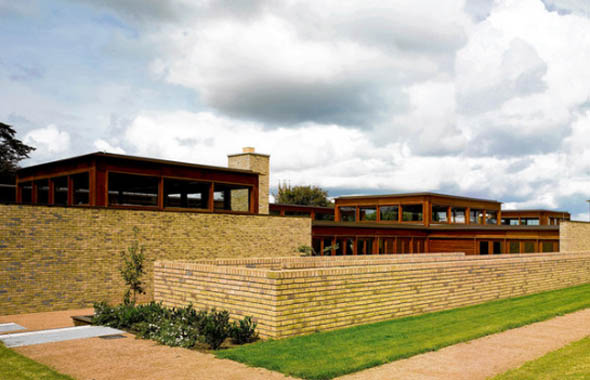Building on the future

Are we seeing too much “architects’ architecture”? This question was posed by the architect and influential critic, Charles Jencks, who has done more than most to validate postmodernism, in his reflections on this year’s crop of Architectural Association of Ireland awards, the 25th of the annual series. Jencks, who was on the awards jury, had just arrived in Dublin from Barcelona, where he was involved in judging the World Architecture Festival. There he saw “what seemed like a thousand white boards filled with good-taste abstract architecture, all photographed on a sunny day, without people” (of course).
What he missed among the 100-plus entries for the AAI awards was “the poetic, the non-standard, the non-architects’ architecture”. And his advice was that architects “should cast their net wider than their own taste-culture strength and depth from acknowledging and celebrating “˜the other’.”
Jencks cited the Timberyard social housing scheme in the Liberties and Derry’s new Gaeláras Irish cultural centre – the two projects by architects O’Donnell + Tuomey that won awards – as examples of a “high version of architects’ architecture, comparable to the very best international practice of urban building”.
But he found Niall McLaughlin’s Alzheimer’s Respite Centre in Blackrock more convincing “because it is a poetic interpretation of a social condition at a deep level understands the plight of these sufferers and turns affliction into marvellous architecture” – like the Maggie’s Cancer Caring Centres in Britain.
“The Irish architecture we saw in the AAI awards was of a very high standard, especially in terms of urbanism,” Jencks said. “But, as a profession, we should also be seeking out schemes that take greater risk and go against the prevailing norms of conformity that sometimes dampen the spirit of architecture.”
